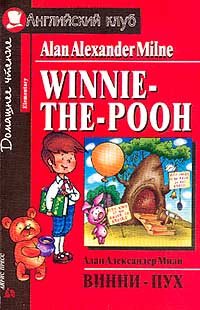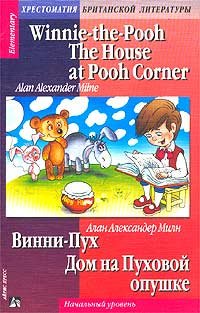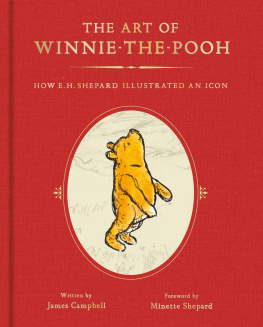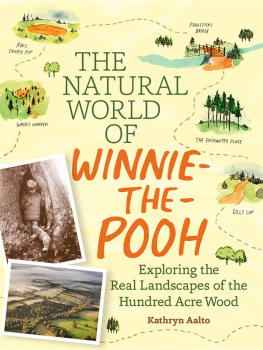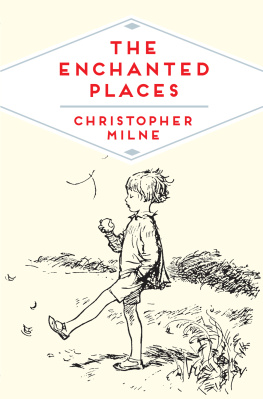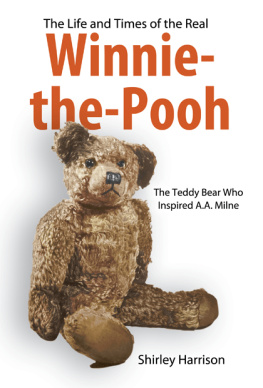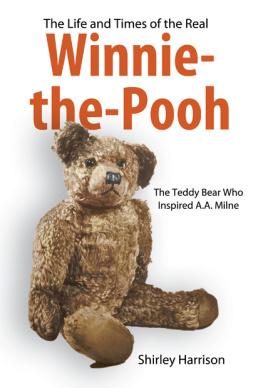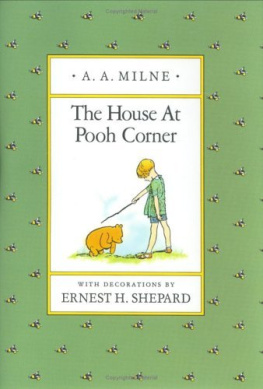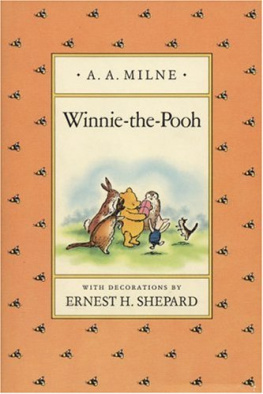
First published in Great Britain in 2011 by
Remember When
An imprint of
Pen & Sword Books Ltd
47 Church Street
Barnsley
South Yorkshire
S70 2AS
Copyright Shirley Harrison 2011
ISBN 978 1 84468 078 8
ePub ISBN: 9781844683208
PRC ISBN: 9781844683215
The right of Shirley Harrison to be identified as Author of this work
has been asserted by her in accordance with the Copyright, Designs
and Patents Act 1988.
A CIP catalogue record for this book is available from the British Library.
All rights reserved. No part of this book may be reproduced or transmitted in
any form or by any means, electronic or mechanical including photocopying,
recording or by any information storage and retrieval system, without permission from
the Publisher in writing.
Typeset in 12pt Bernhard Modern by Mac Style, Beverley, East Yorkshire
Printed and bound by MPG Books Group
Pen & Sword Books Ltd incorporates the imprints of Pen & Sword Aviation,
Pen & Sword Maritime, Pen & Sword Military, Wharncliffe Local History,
Pen & Sword Select, Pen & Sword Military Classics, Leo Cooper,
Seaforth Publishing and Frontline Publishing.
For a complete list of Pen & Sword titles please contact
PEN & SWORD BOOKS LIMITED
47 Church Street, Barnsley, South Yorkshire, S70 2AS, England
E-mail:
Website: www.pen-and-sword.co.uk
Contents
Pooh Preface
Y OU MIGHT HAVE THOUGHT there was nothing left to say about Winnie the-Pooh. But of course there always is and Shirley's Expotition takes us into unexpected and exciting new territory. She explores not only the past but looks also to the future and the long overdue possibility of a permanent memorial to a national icon.
We can visit the factory where Pooh was made in 1921 and the store where he was bought 90 years ago as a present for baby Christopher Robin. We are introduced to some of the people who knew him in the magical world of Hartfield in Sussex. Her journey then follows Pooh over the Atlantic after World War II. There he became a touring celebrity, eventually inspiring the Disney Corporation to make him an international film star. He never returned.
As companion to Ann Thwaites impressive biography of Milne, Shirleys perceptive, affectionate approach is extremely welcome. The fictional Pooh is never likely to be forgotten but we now have a book which tells so much more than even his faithful readers know about the original teddy bear.
I was personally delighted too, that Elliott Graham, the American editor at Dutton in New York, is acknowledged for the first time. He published my own early novels and became a close friend for many years. This stout and growly man did more than anyone else to ensure the real bears survival. For over 40 years Elliott cared for Pooh and kept vivid, detailed diaries covering his travels with him around America. They have never before seen daylight until Shirley was invited to read them by Elliotts niece, Judy Henry.
In 2009, Egmont published my sequel to A.A. Milnes classics Return to the Hundred Acre Wood. In it I imagined a more grown-up Christopher Robin returning to the place and friends of his childhood. The only newcomer to the Forest was Lottie the Otter. The next year I travelled to New York to introduce Lottie to the real Pooh and his friends from the Hundred Acre Wood. Ricketty and threadbare now, like so many of us, but still disarmingly loveable, they are all now living in retirement in the Childrens Department of New York Library.
It is a curious tale when you consider it. Milne never regarded his Pooh stories as significant compared to his other books and plays. Yet these are little regarded these days. His son had, to put it tactfully, mixed feelings about the fame Pooh had brought him too. It is a bitter sweet story. Daphne Milne, on the other hand, was delighted that the books were so successful because of the opportunities which then arose for her to decorate their home in Mallord Street and to take annual trips to New York.
At the epicentre of all this kerfuffle is a small teddy bear. But who owns him today? No one is sure. And how can it be that it is due to him that Westminster School and the Garrick Club in London look so elegant, or that indigent writers everywhere can occasionally afford a night on the town? On a personal note, I owe the Milne Trust plenty and have not only benefited from the royalties from Return to the Hundred Acre Wood a new fridge-freezer but have received funds to enable me to finish a novel (as yet unpublished) and to teach overseas students at Goldsmiths College how to improve their essay-writing skills.
Poohs philanthropy like to see him try to spell that! and the billions of pounds he has raised to help charitable causes and bring happiness to so many needy people, is an important part of Shirleys story. They are the reason why, at last, there is a move afoot for Arctophiles everywhere to muster support for a statue or maybe a museum to honour him perhaps on Ashdown Forest where it all began.
David Benedictus
Explanation: Hand In Hand
A T THE OUTBREAK of World War II in 1939, before he left to join the army, my father gave me a set of four books by A.A. Milne. When We Were Very Young, Winnie-the-Pooh, Now We are Six and The House at Pooh Corner were first published in the years between 19248. Those books, their covers now a fading blue, the pages yellow at the edges, have been with me, wherever I have been, all my life. I read them to my children, then to my grandchildren and now my great-grandchildren. They all laugh with me, even if they do not always appreciate the gentle humour, the wit and innocent but profoundly perceptive approach to life of Pooh and Piglet, Tigger, Kanga, Owl, Rabbit and Eeyore, just as I still do.
Embarrassing to recall that my friends and I even assumed their names and that I, being the oldest, was Christopher Robin. More embarrassing still, now in our sixties and seventies, when we greeted each other recently at my nieces wedding the power of Pooh was undimmed. Hi Piglet, Hi Tigger!, Oh Robin, how good to see you!
By a twist of fate, in 1962 my late husband and I moved to the Sussex village of Hartfield on the fringes of Ashdown Forest. Looking back, it is hard to credit that, when we first moved in, I did not realise that Hartfield was the home of A.A. Milne, his wife Daphne, their son Christopher Robin and the teddy bear who eventually became Winnie-the-Pooh. Our Forest was the inspirational setting for the magical illustrations of E.H. Shepard. I was not alone, for although those books were loved by children and grown-ups all over the world very few knew, even then, that the stories were about real people, and real toys or that Poohs forest was a real forest.
Soon after we arrived in Hartfield, I learned that A.A. Milne had died, at Cotchford Farm in 1956, and that his widow was still living there. Christopher Robin himself was married and running a bookshop in Devon.
And Pooh? Well, with A.A. Milnes agreement he had, surprisingly, emigrated to the united States at the end of World War II and was then living with Tigger, Kanga, Piglet and Eeyore in the New York offices of his American publisher, E.P. Dutton.
Despite growing international fame, in his homeland of Hartfield itself there were still no notices on the Forest, no mention of Poohs life in local history books, no signs recording that A.A. Milne Lived Here. The shop, known today as Pooh Corner, was still the village bakery where Christopher Robin bought his bulls eyes. And the remote and crumbling bridge where Pooh and his friends invented the game of Poohsticks was a peaceful haven known only to local folk and seldom visited by them. The Enchanted Place on top of the Forest was still magical. Tourists were rare enough to be stared at. All this was about to change.
Next page

